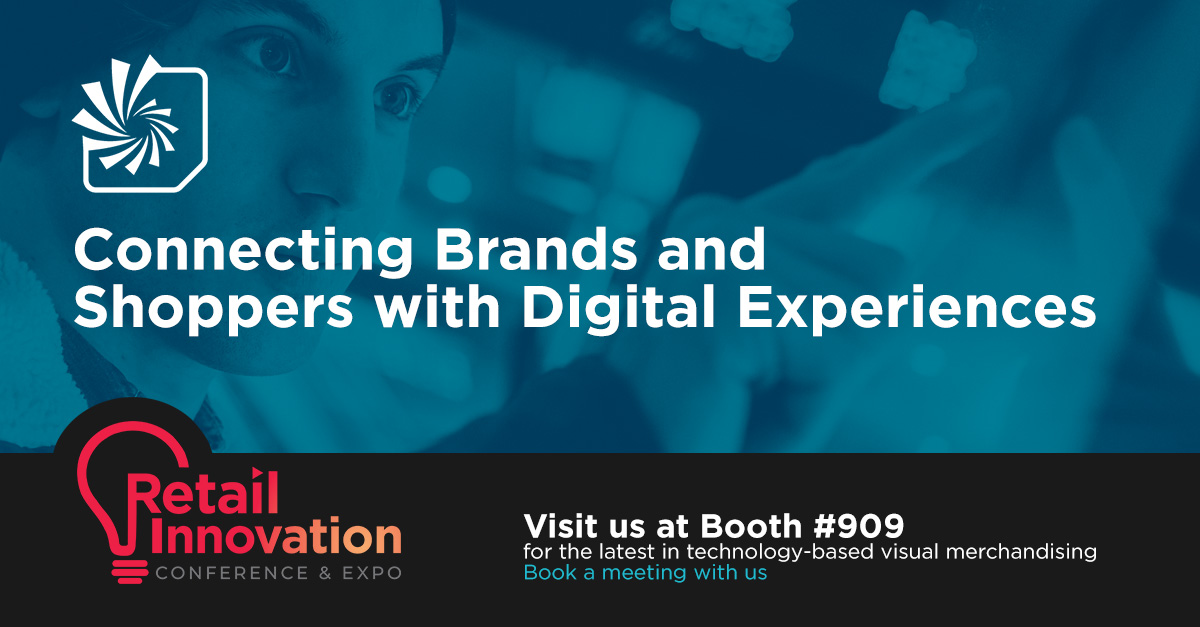Reflect Spark Framework for Managing Dynamic, Data-Driven Digital Signage Content Applications
When defining and executing a successful digital signage strategy, it’s essential to choose the right content types for the job. Of the three core types of content—traditional video media, dynamic data-driven content, and interactive content apps—the latter two are perhaps most exciting for todays’ digital signage networks. And with the right tools to manage and deploy them, they can provide a richer, more engaging experience for your customers, employees, and other users. Let’s review how these categories differ:
- Traditional video formats and media need little explanation and come in various forms, whether video clips, loops, or broadcast channels. Their production is often time- and resource-intensive, and while they may interest your audience, they are nonetheless somewhat static. The audience sees what you program for them to see and nothing more.
- Data-driven content is created in real time, based on internal and third-party data sources, such as local weather data, social media feeds, or even a store’s inventory data. You can build and hook these up to data sources using templates if your digital signage content management system supports them.
- Interactive content—which by nature are almost always dynamic and data-driven—can respond to a user’s input via a growing number of input devices. Early interactive content included applications like retail product advisors or wayfinding systems (like you’d find in a mall or airport), but they are now being deployed more broadly in digital signage networks.
No matter how “cool” it is, interactive content doesn’t belong on every digital sign in every location. Where it is appropriate, however, it can be highly engaging and effective. Interactive content apps have moved beyond the traditional touchscreen and trackball. Digital signage content teams are creating voice-activated and voice-controlled content that lets users talk to the screen device. Motion-activated apps can change what the screen displays depending on whether customers or users are present. Sophisticated content apps enable interactions between personal mobile devices and digital signage displays, allowing you to produce even more unique, relevant content experiences.
The problem is: These dynamic, data-driven content apps can be more difficult and costly to deploy, manage, and update than simple video feeds.
Reflect Spark Framework: Managing dynamic, data-driven content apps just got easier
While your selection of content type depends on the business purpose for a particular venue and screen, managing and deploying the two dynamic forms—especially content apps—is more complex than with earlier digital signage content. Unlike formatted text, static images, and video content—all of which have well-defined formats—today’s organizations want to build apps in HTML or JavaScript and connect them to the data sources or input devices that make them come alive. After that, they need to manage, update, and deploy the apps, a process more akin to apps on a smartphone or tablet than to video and digital screens.
Many digital signage content management systems don’t account for the complexities of developing, deploying and managing these content apps. Or they do so only grudgingly, requiring customers to pay high fees to the digital signage software provider—since only its employees have the tools and knowledge require to develop apps for its software. That’s not good for companies who deploy the networks, nor for their customers and guests. That’s why we created the Reflect Spark Framework.
The Reflect Spark Framework is an application development framework that provides for the flexibility of deploying and managing interactive and dynamic, data-driven digital signage content applications. The framework provides integration and interoperability with the ReflectView platform, and it allows you to create content applications using standards-based HTML and JavaScript. With the Reflect Spark Framework, Reflect customers can create and deploy content applications developed internally or in conjunction with developers and agencies. In short, Reflect Spark Framework opens up the flexibility of industry-standard app development along with the enterprise-level support of ReflectView, to enable you to efficiently distribute, manage, and update these apps as painlessly as you would other content.
The Reflect Spark Framework provides:
- SDK and API access to ReflectView components, allowing for real-time querying of digital signage network location and other information beneficial to drive dynamic content
- Data Feed management, which you can use to efficiently distribute data and content updates to Reflect Spark apps via ReflectView and allows in-app content updates without costly application modifications
- Developer Documentation to get you started and up-to-speed quickly
- Best Practices & Guidance from Reflect teams, including strategy, creative, and development
- Examples and Reference Applications
The Reflect Spark Framework removes much of the complexity required to build, deploy, and manage interactive and dynamic, data-driven experiences for your digital signage network. With the Reflect Spark Framework and ReflectView, you can deliver content apps that engage customers, employees, and other digital signage users in even more personal, relevant ways—and keep them coming back for more. We invite you to connect with us on LinkedIn and Twitter for the latest on the Reflect Spark Framework and all our solutions. Better yet, contact us to find out how the ReflectView digital signage content management platform and Reflect Spark Framework make it possible to deliver tomorrow digital signage content today.
Share this
You May Also Like
These Related Stories

Feeding the Beast: A Digital Signage Content Program for the Long Haul

Choosing Digital Signage Content Types to Suit Your Needs
%20is%20Key%20to%20a%20Successful%20ROI%20on%20Your%20Digital%20Signage%20Investment%202.jpg)

